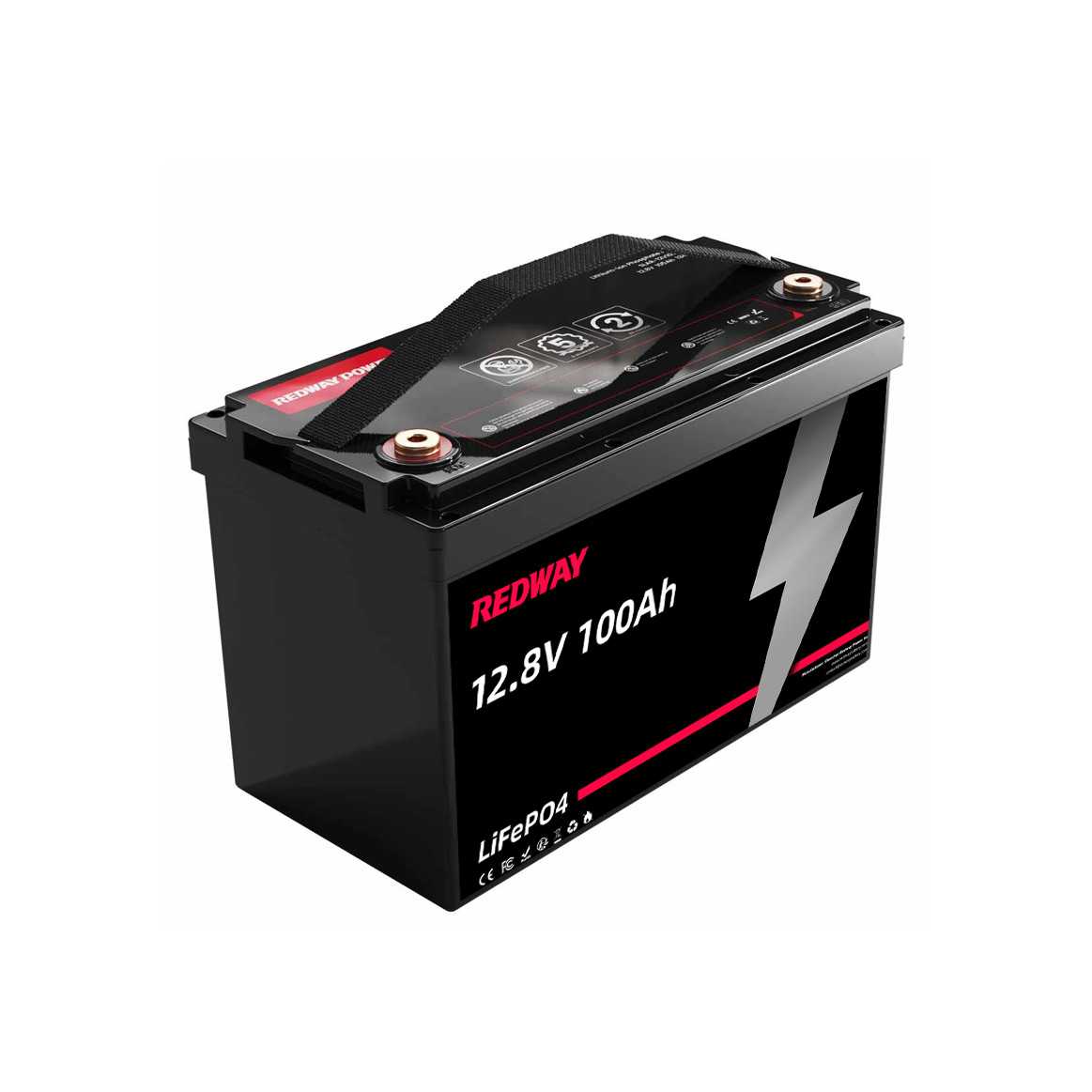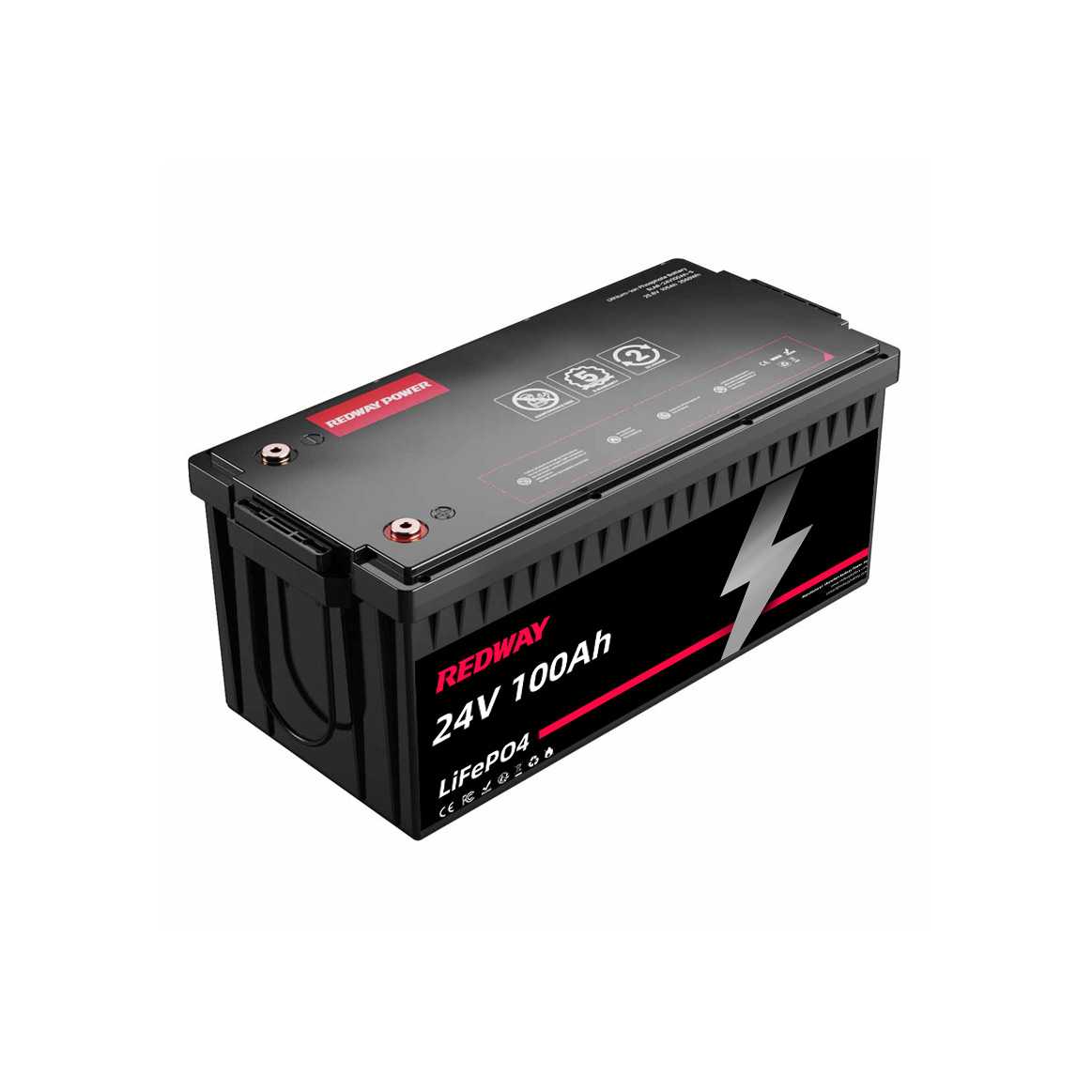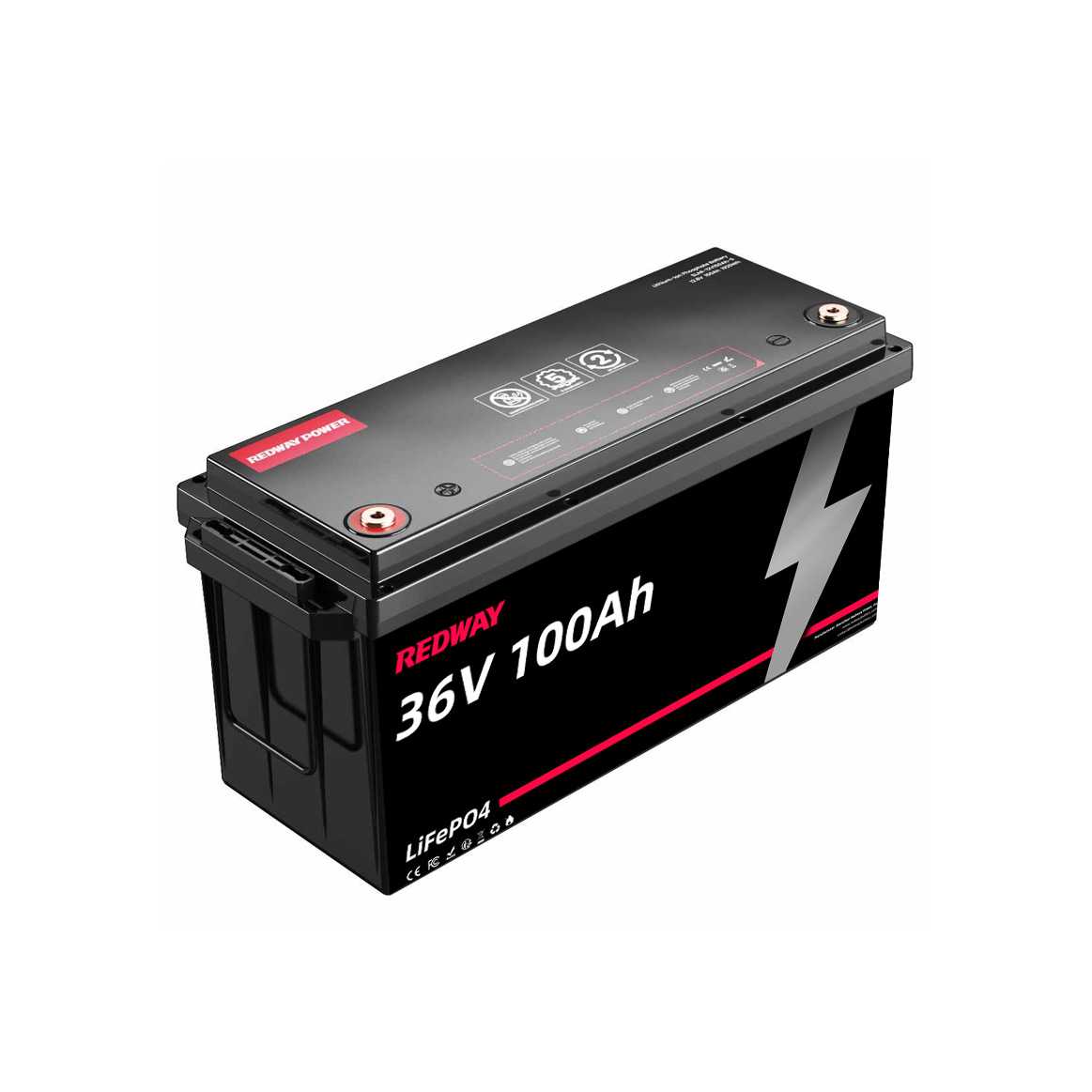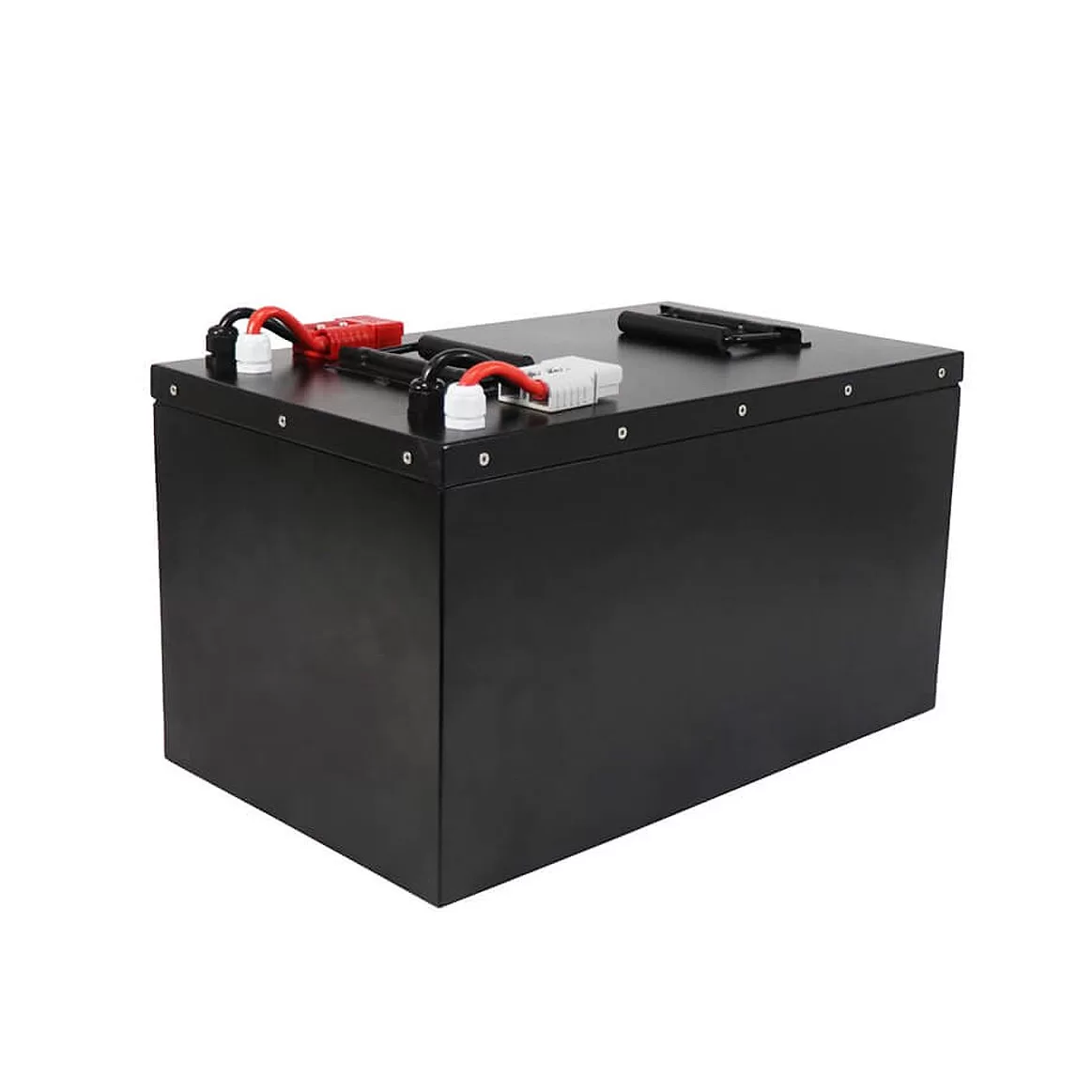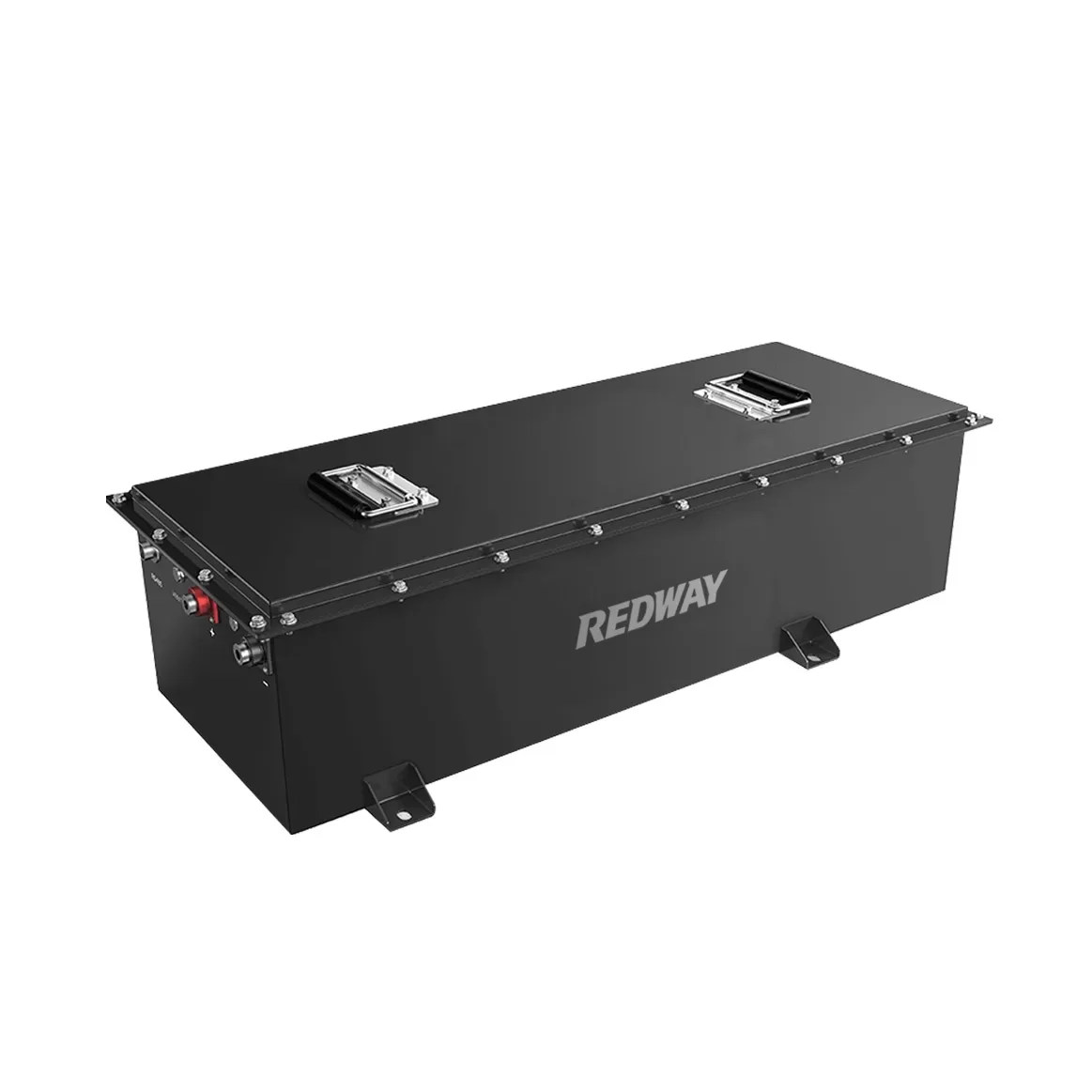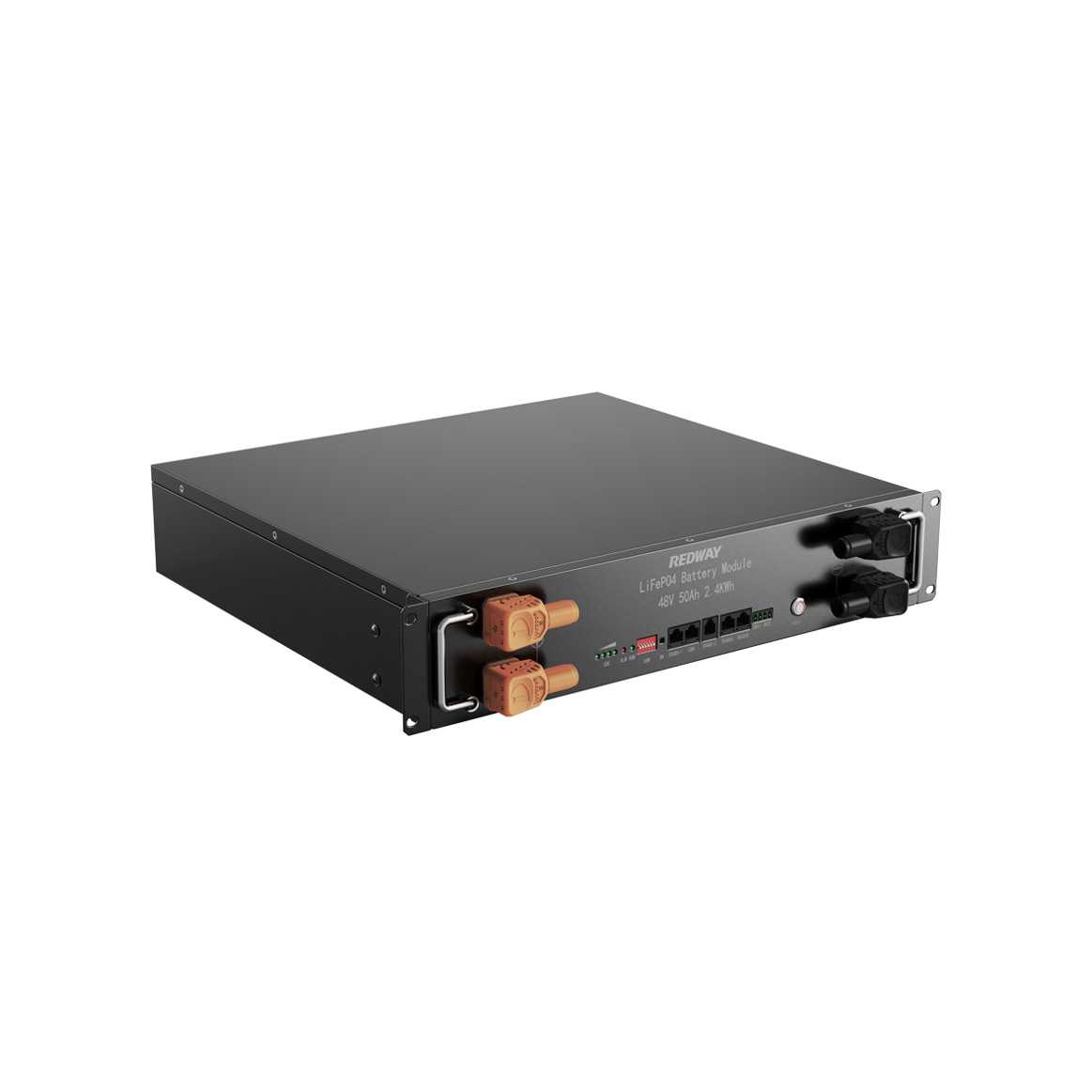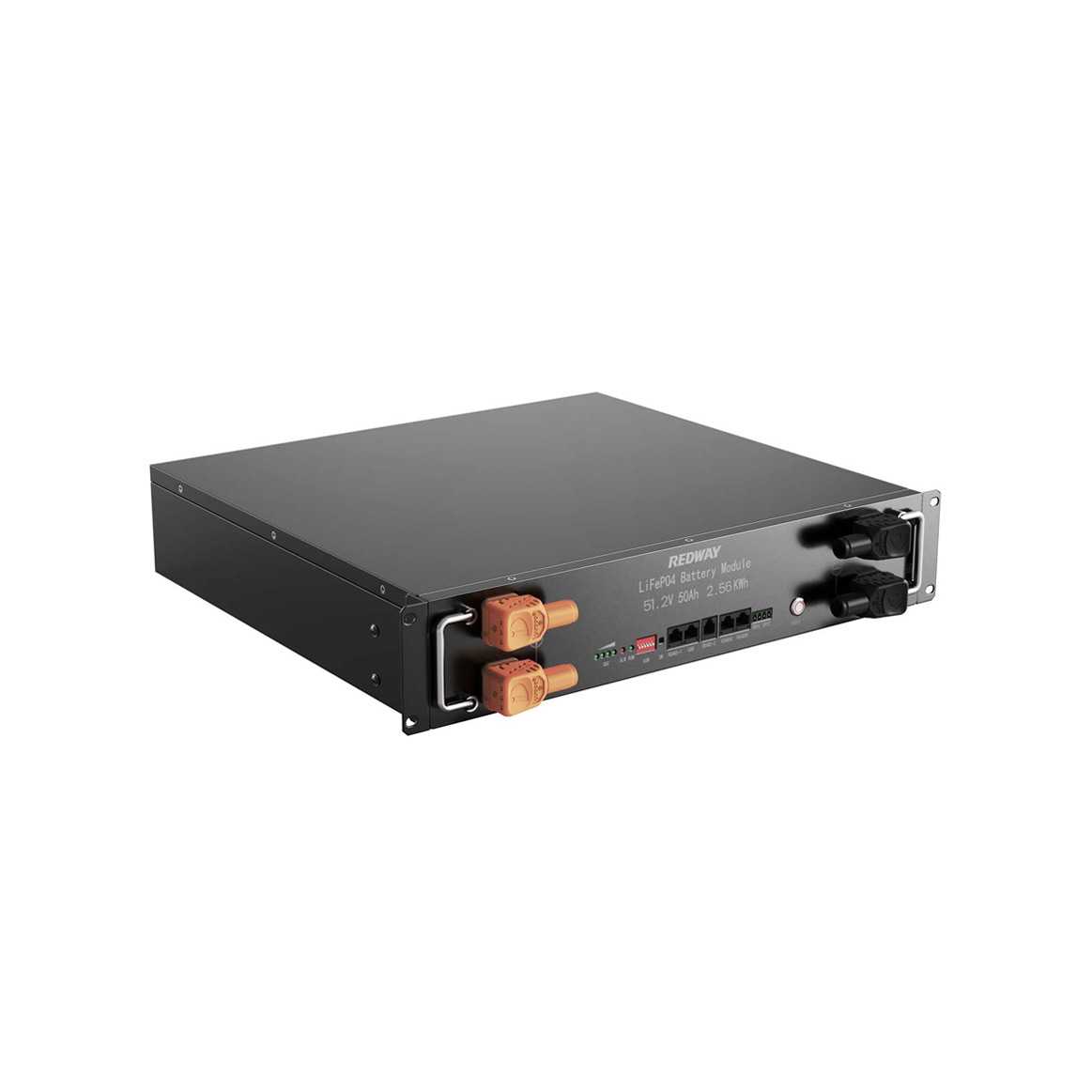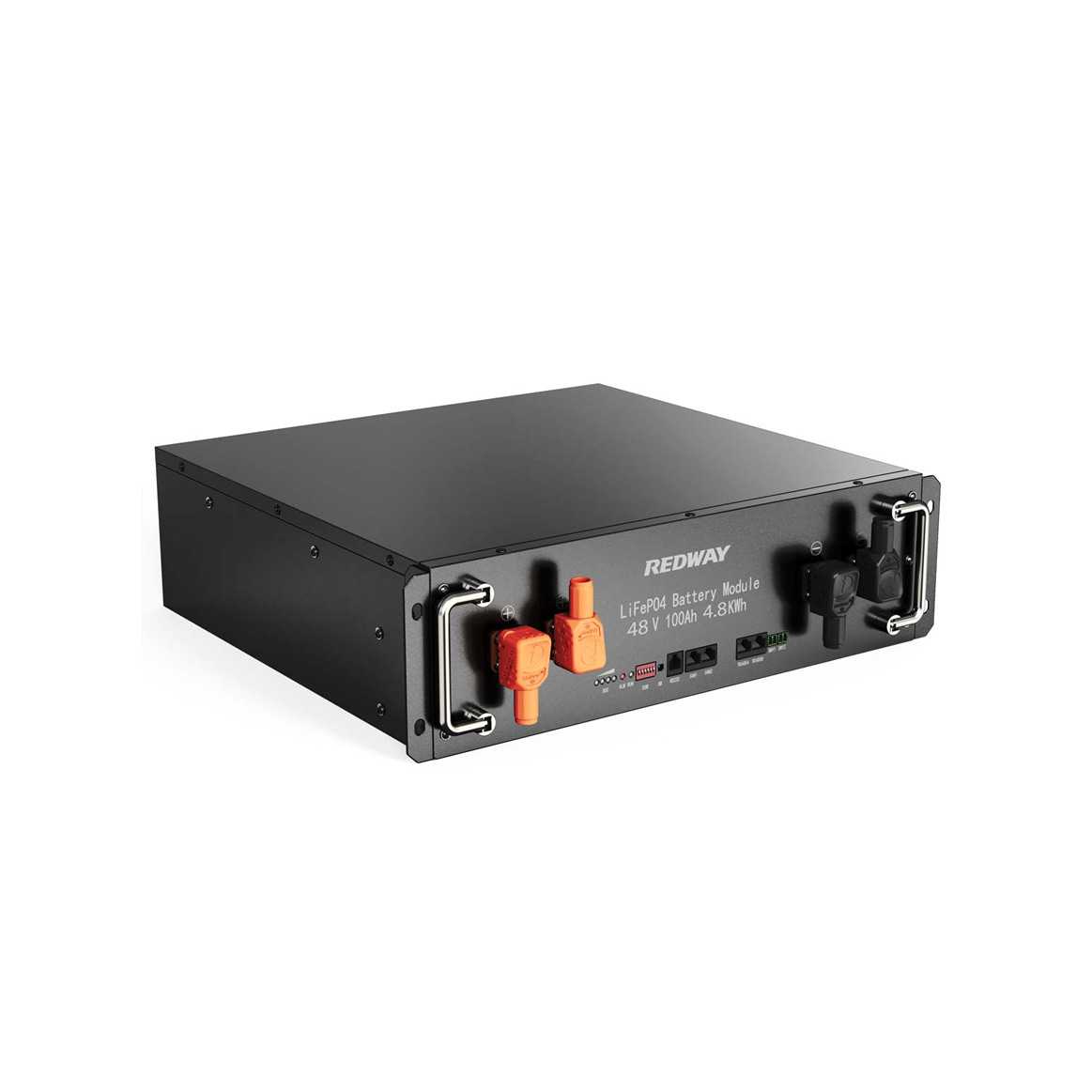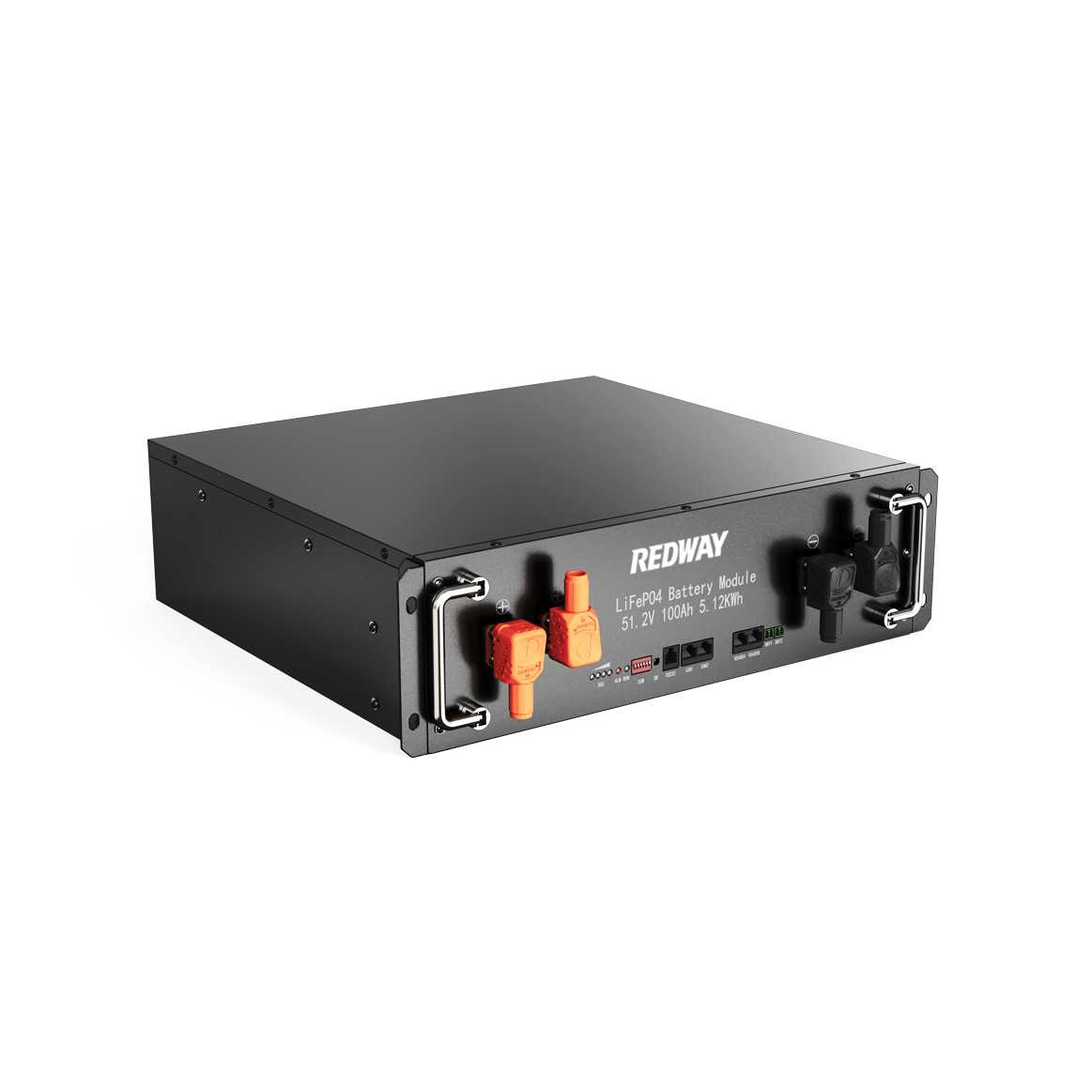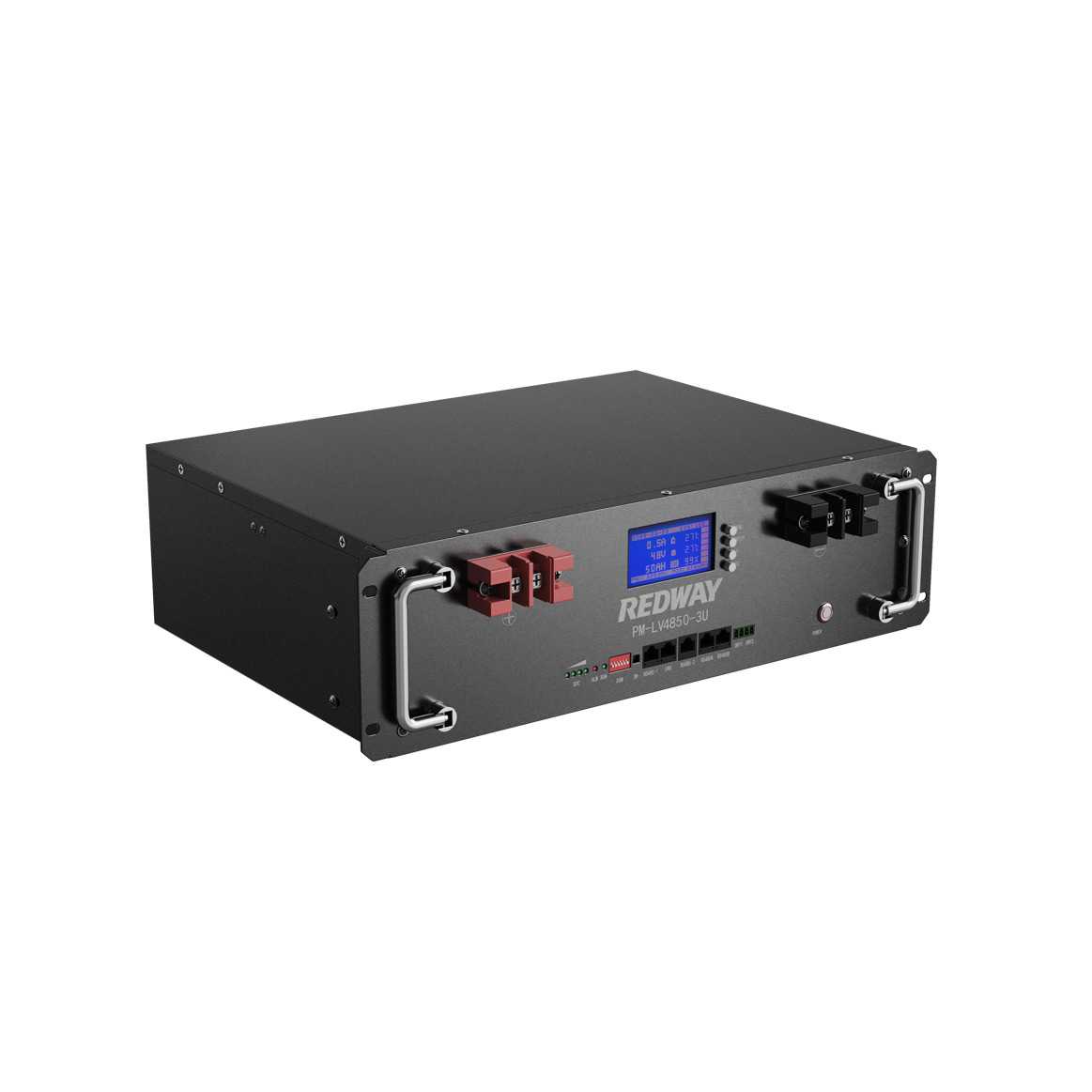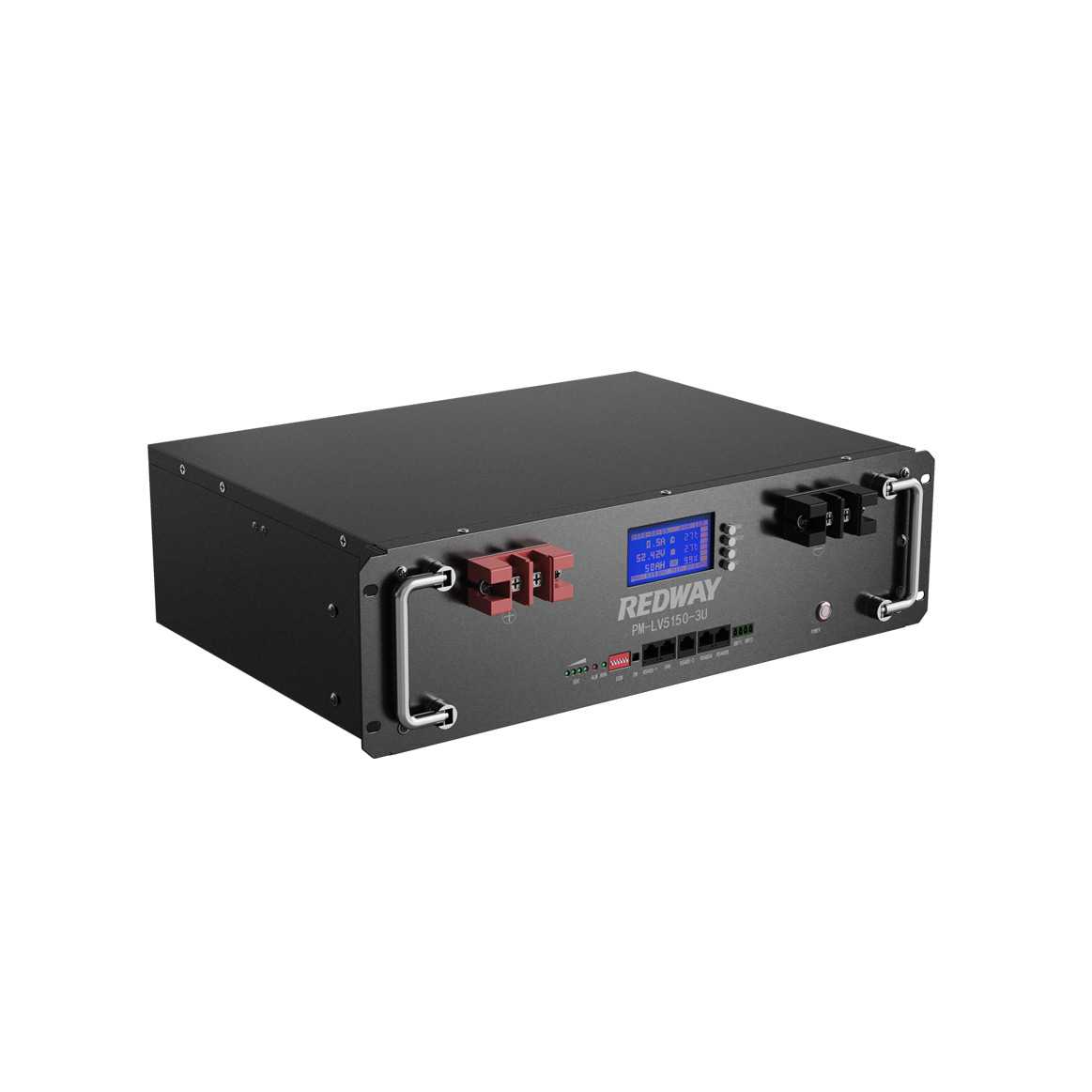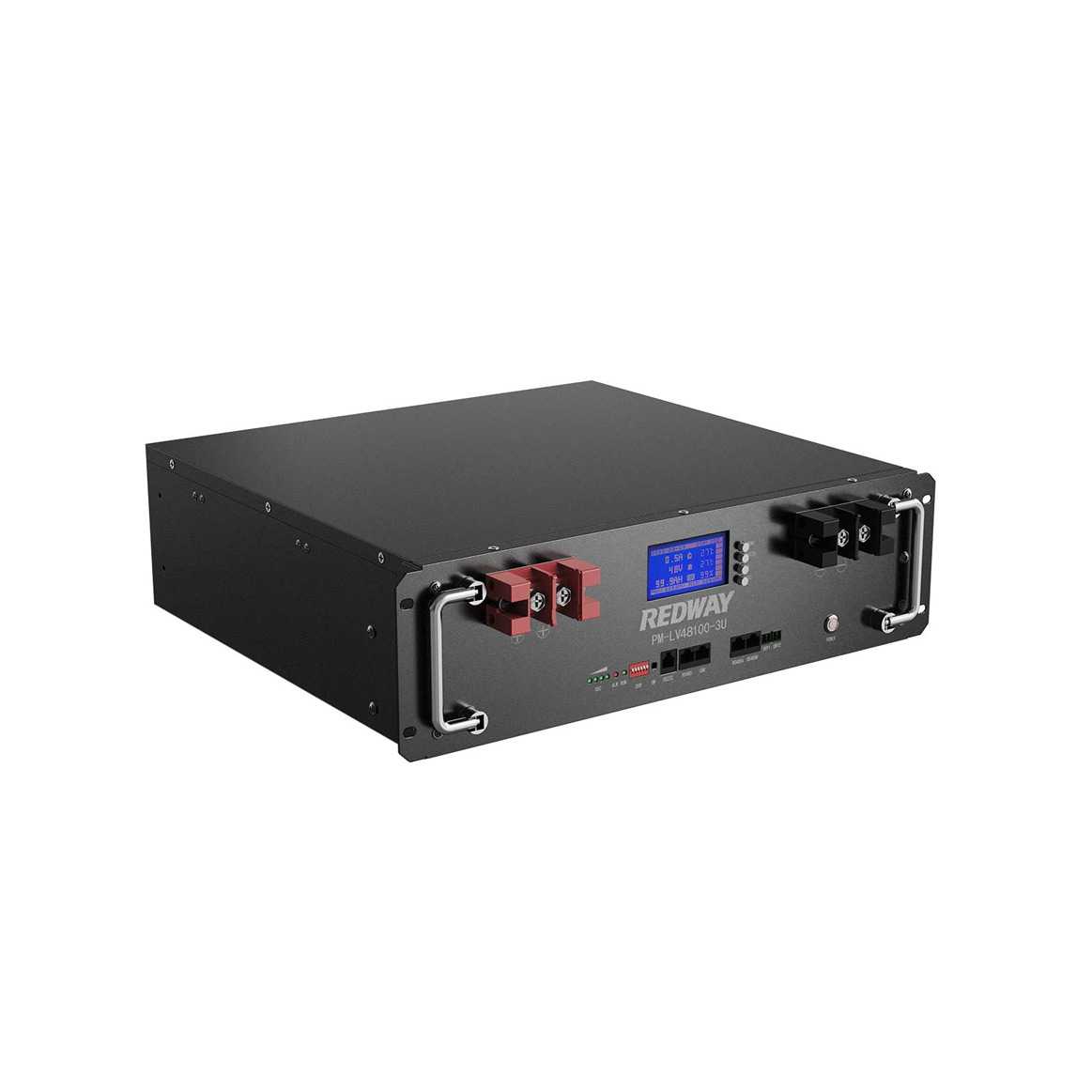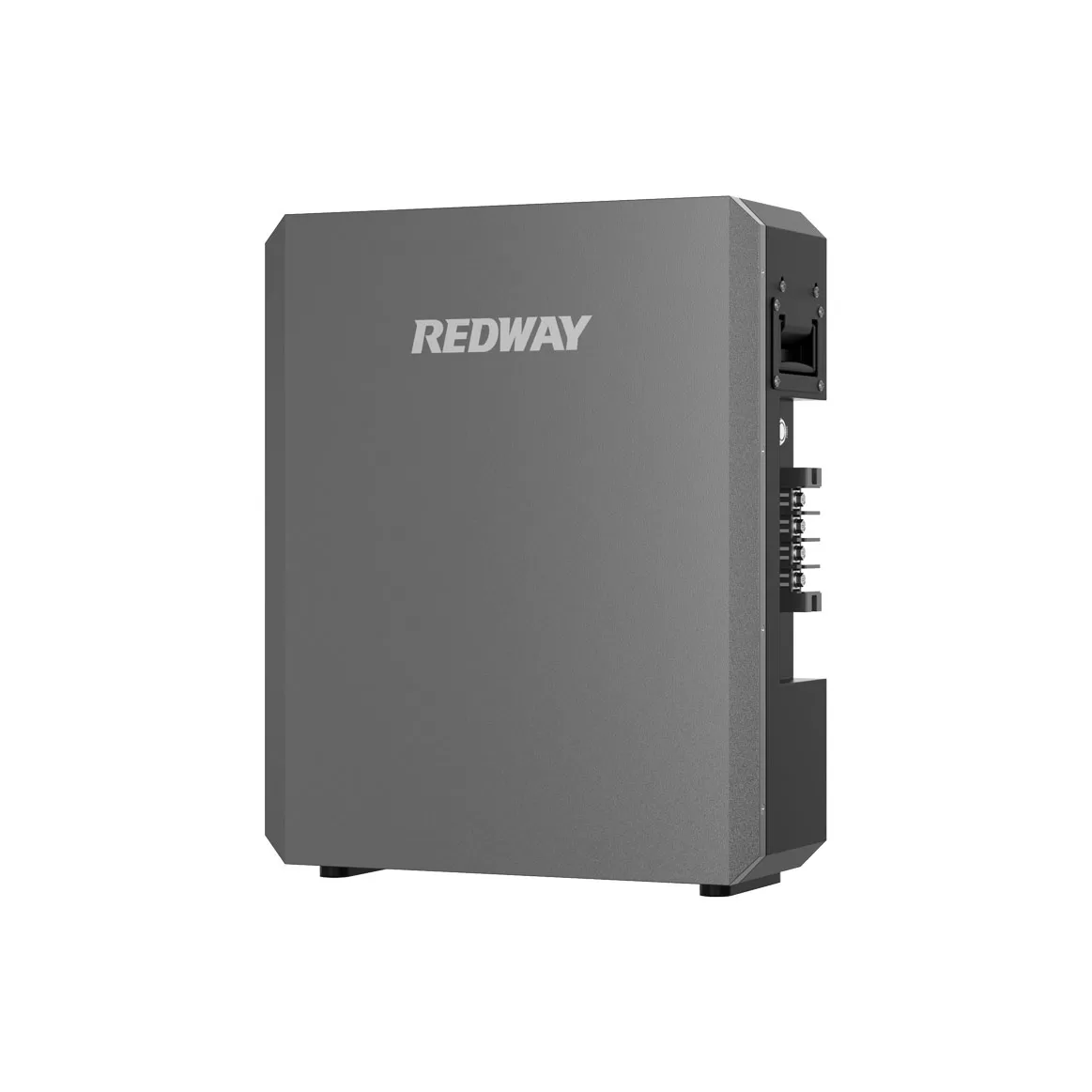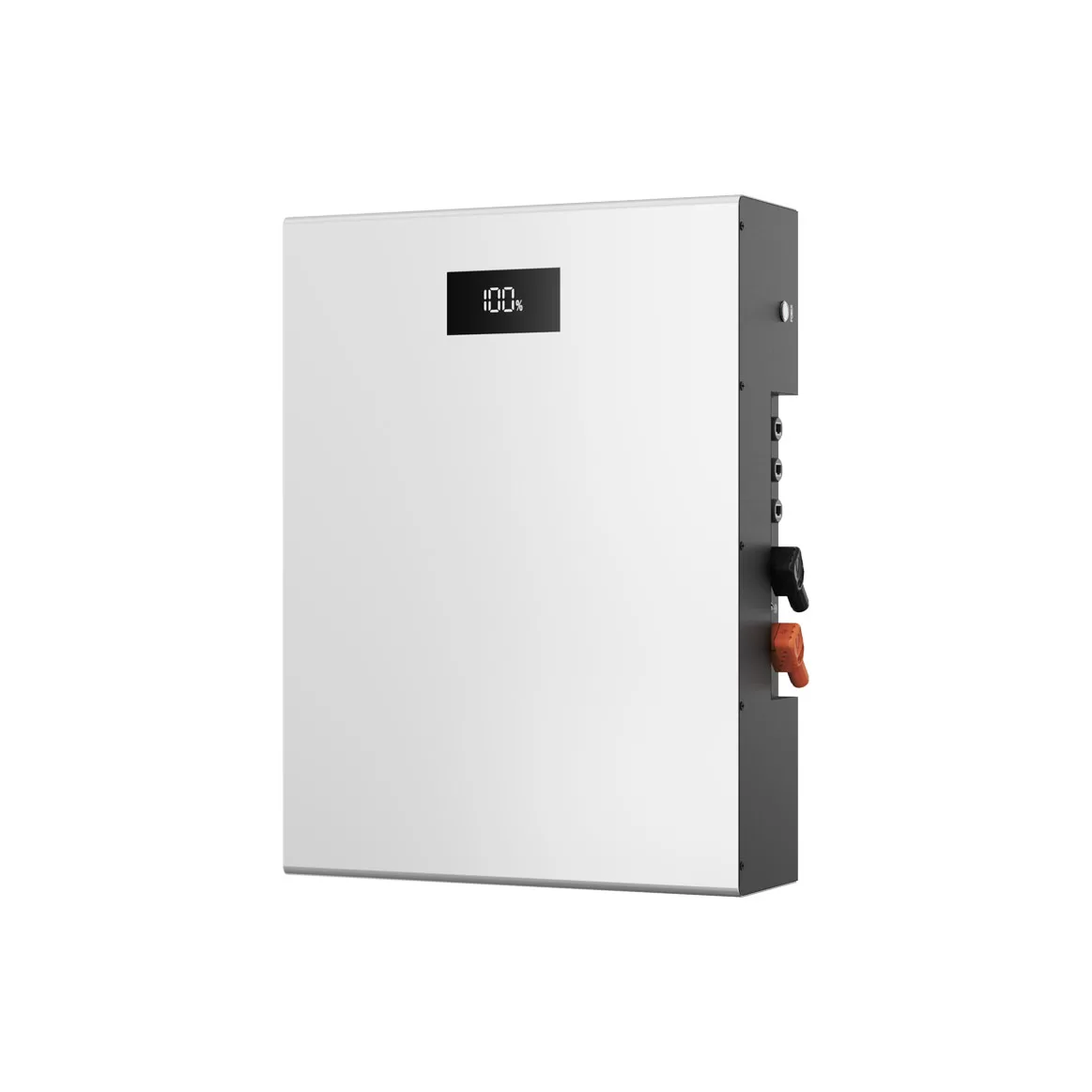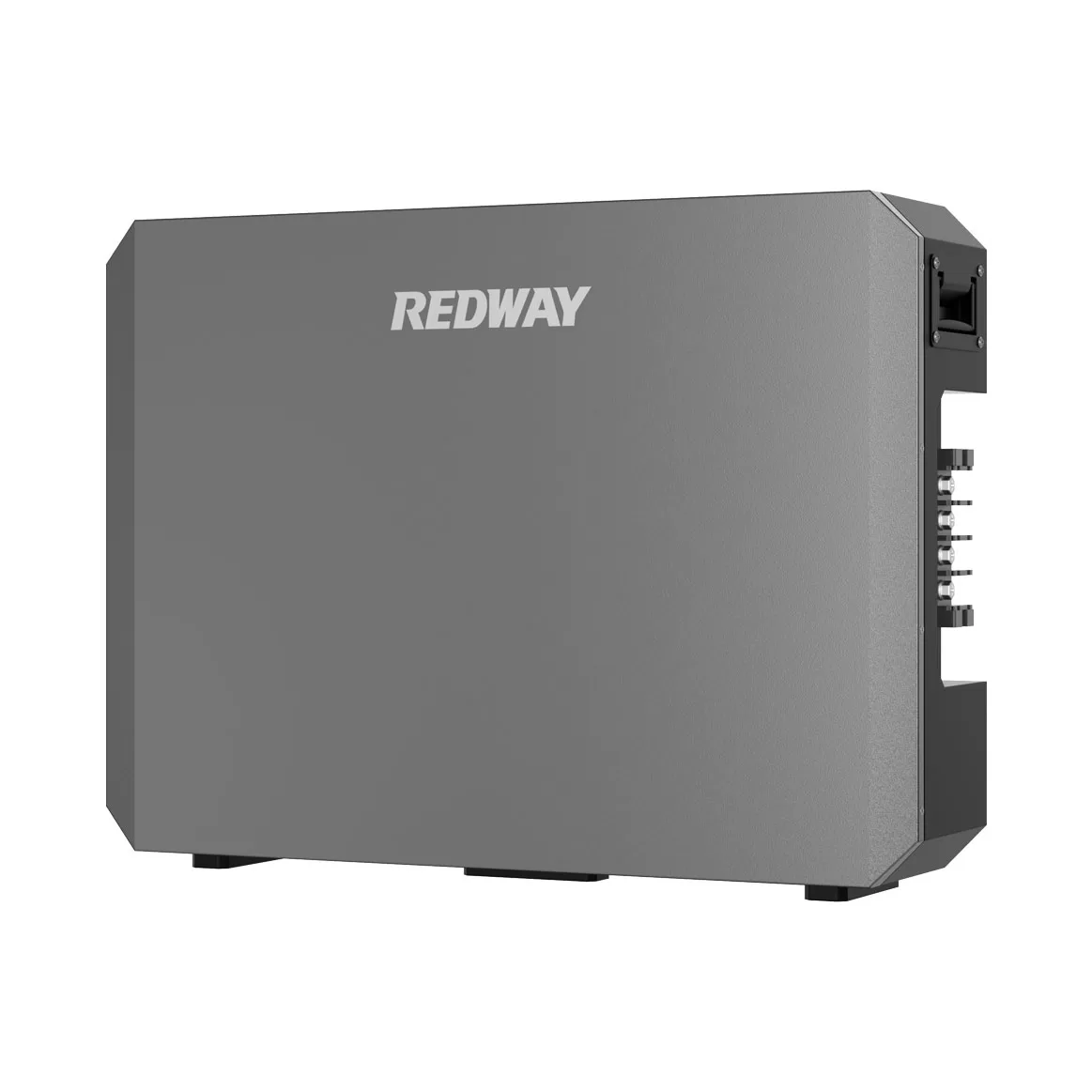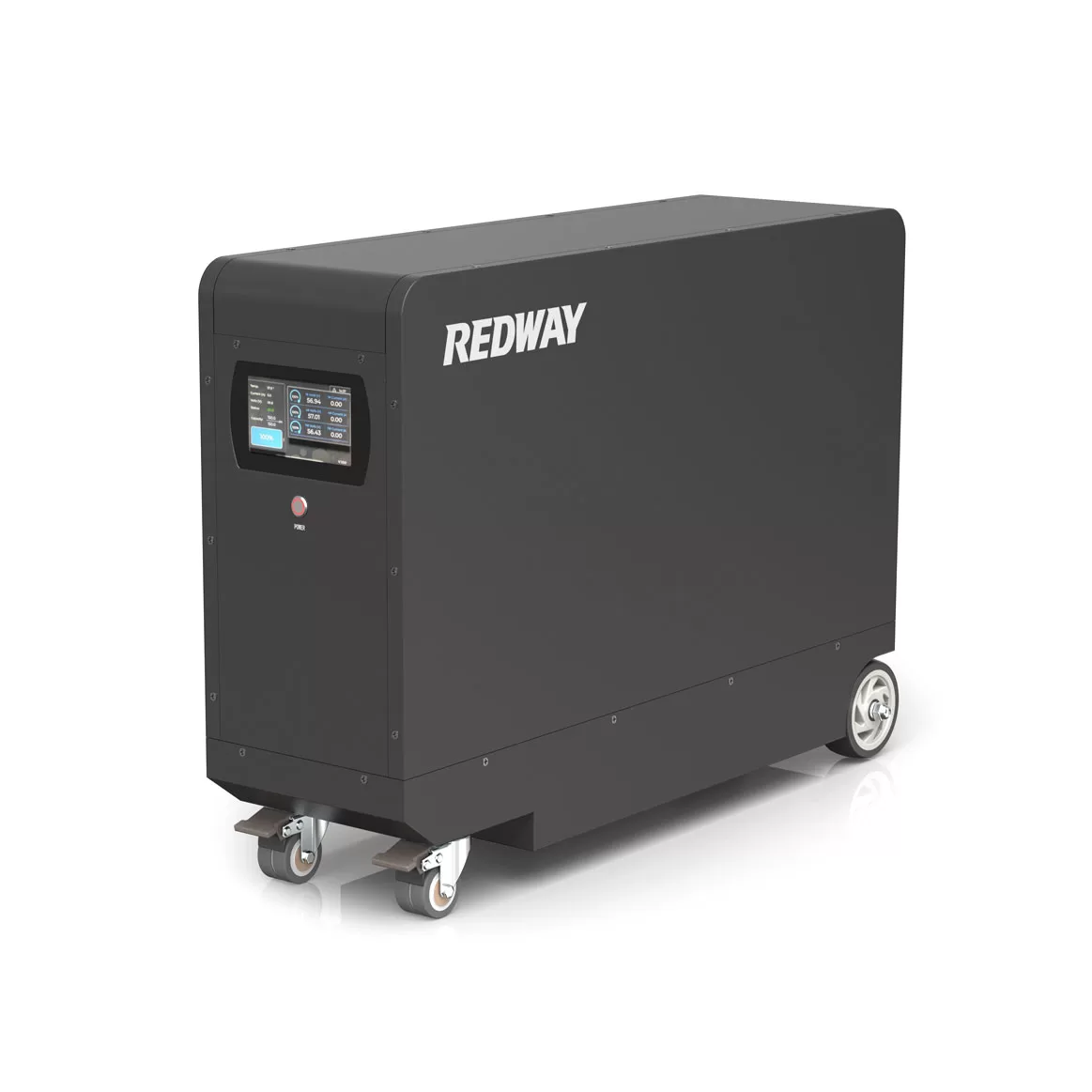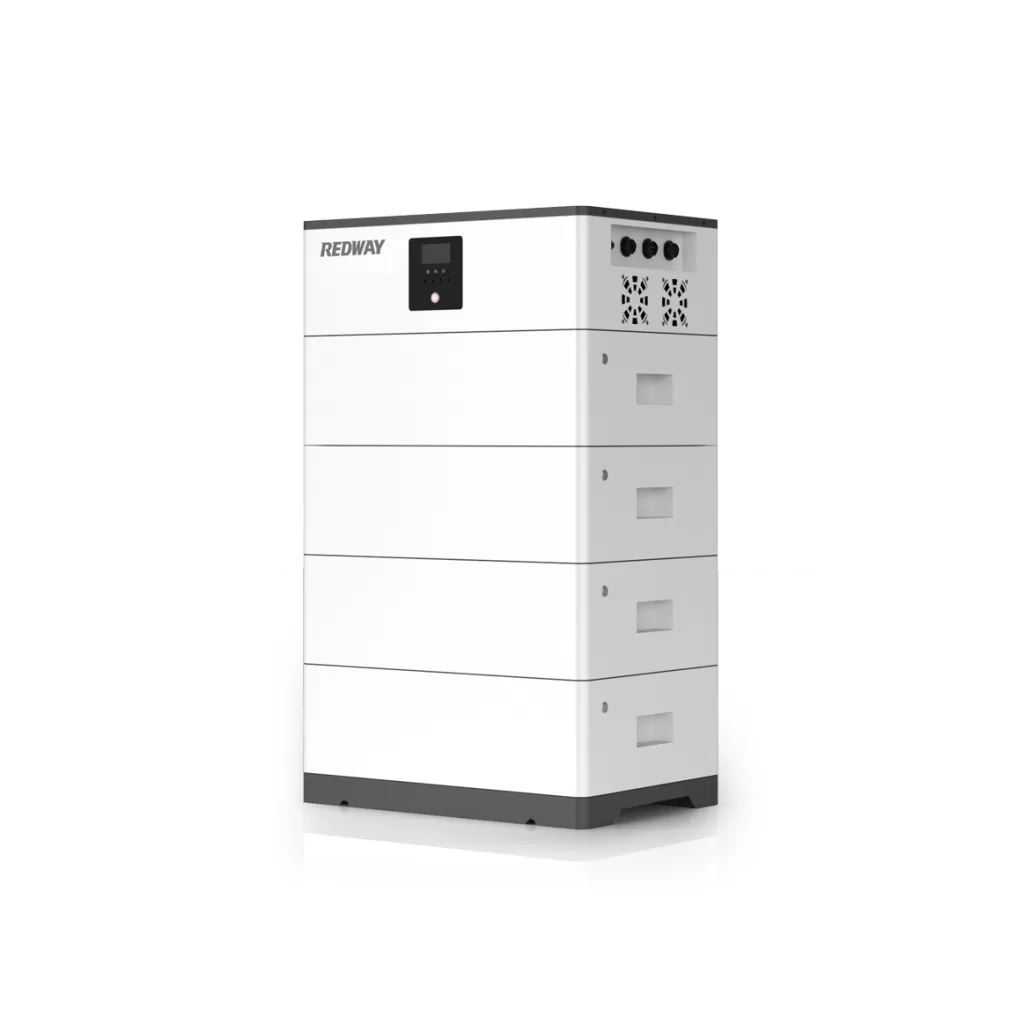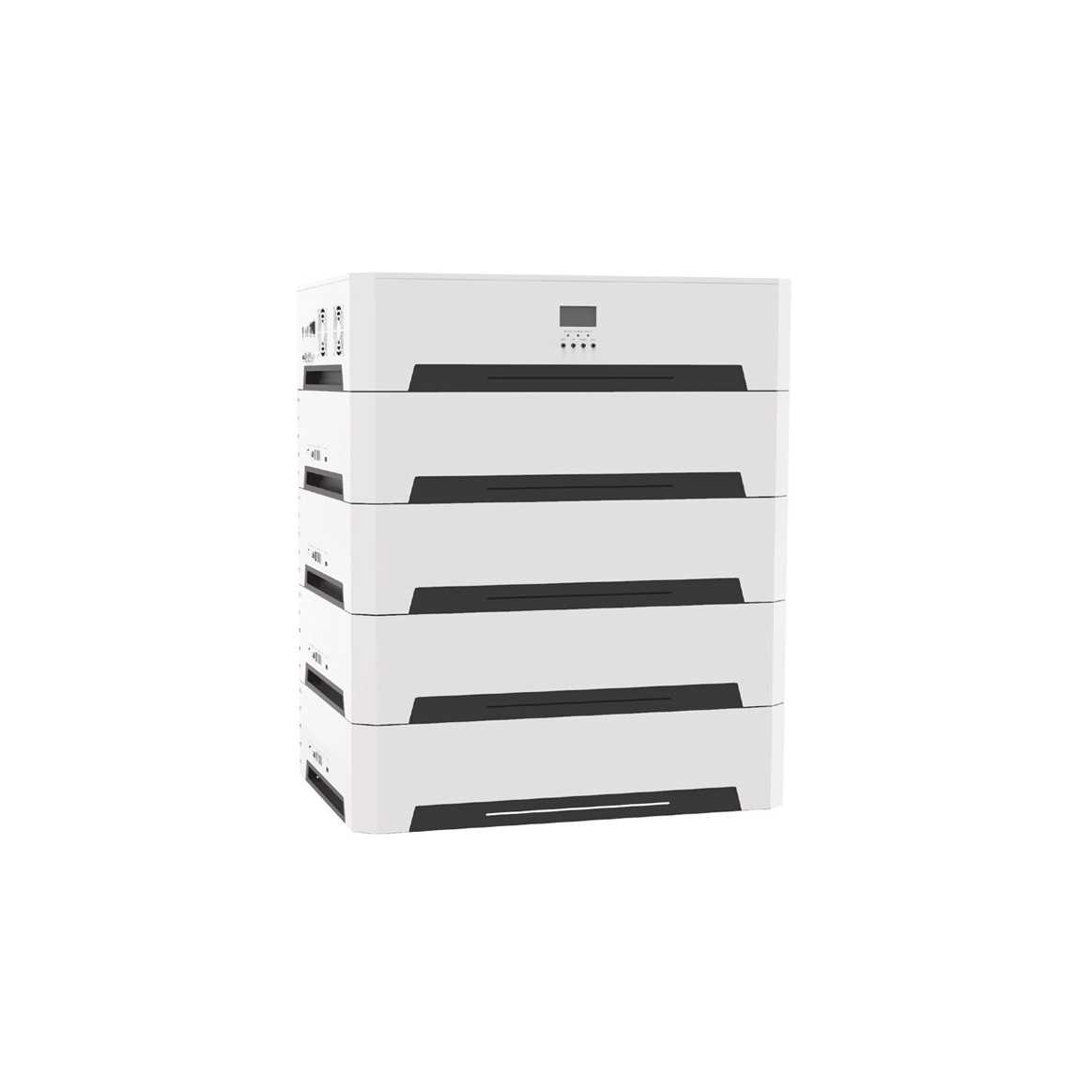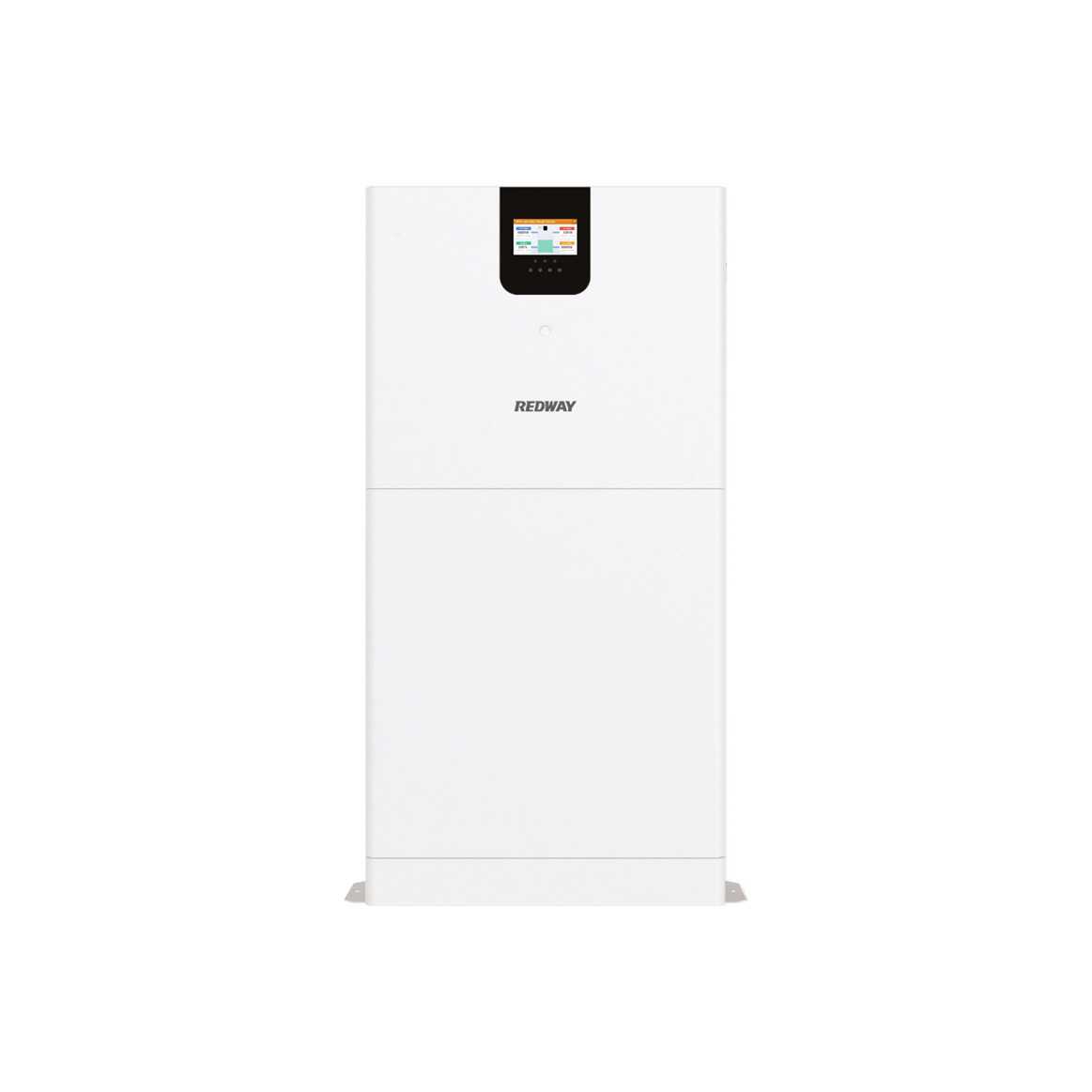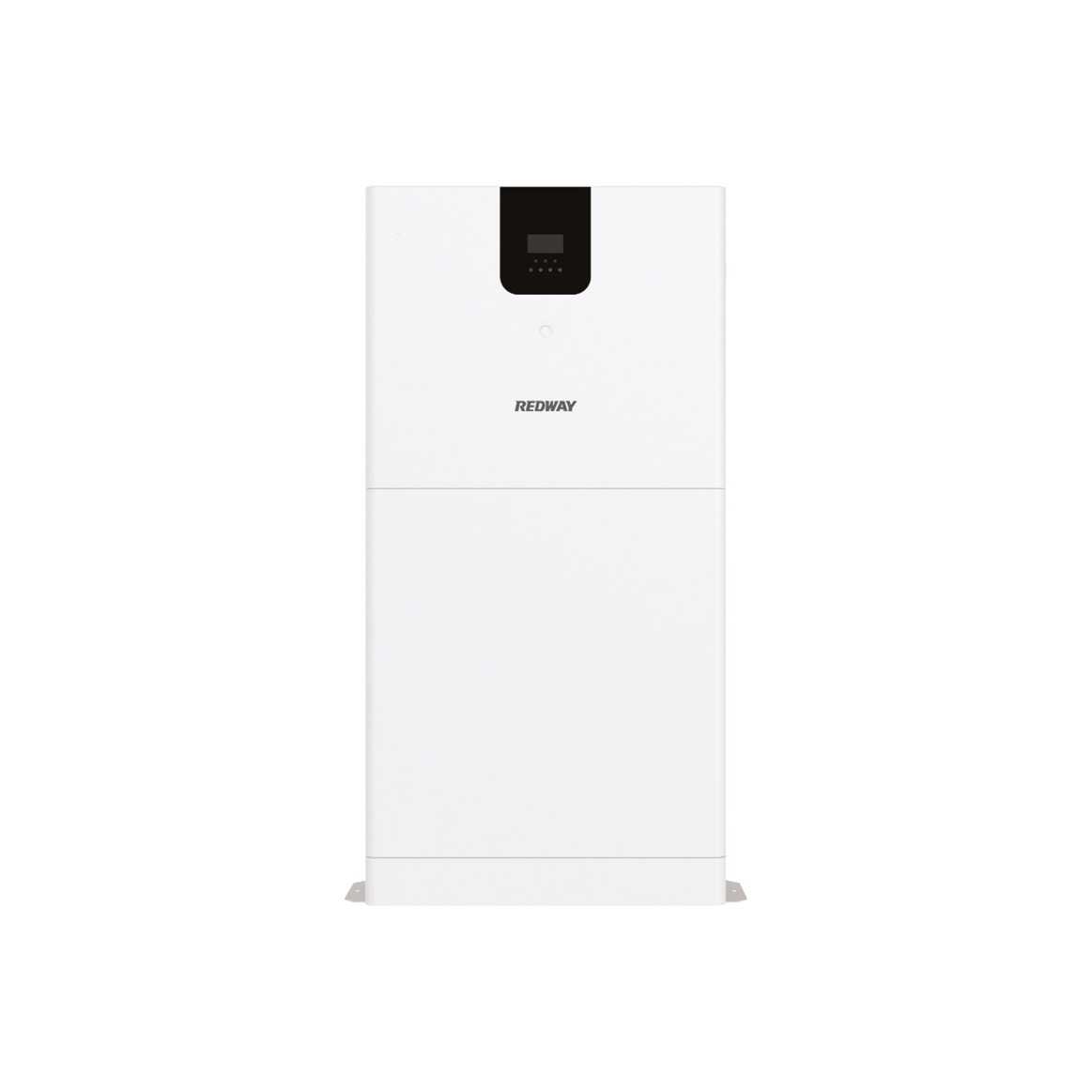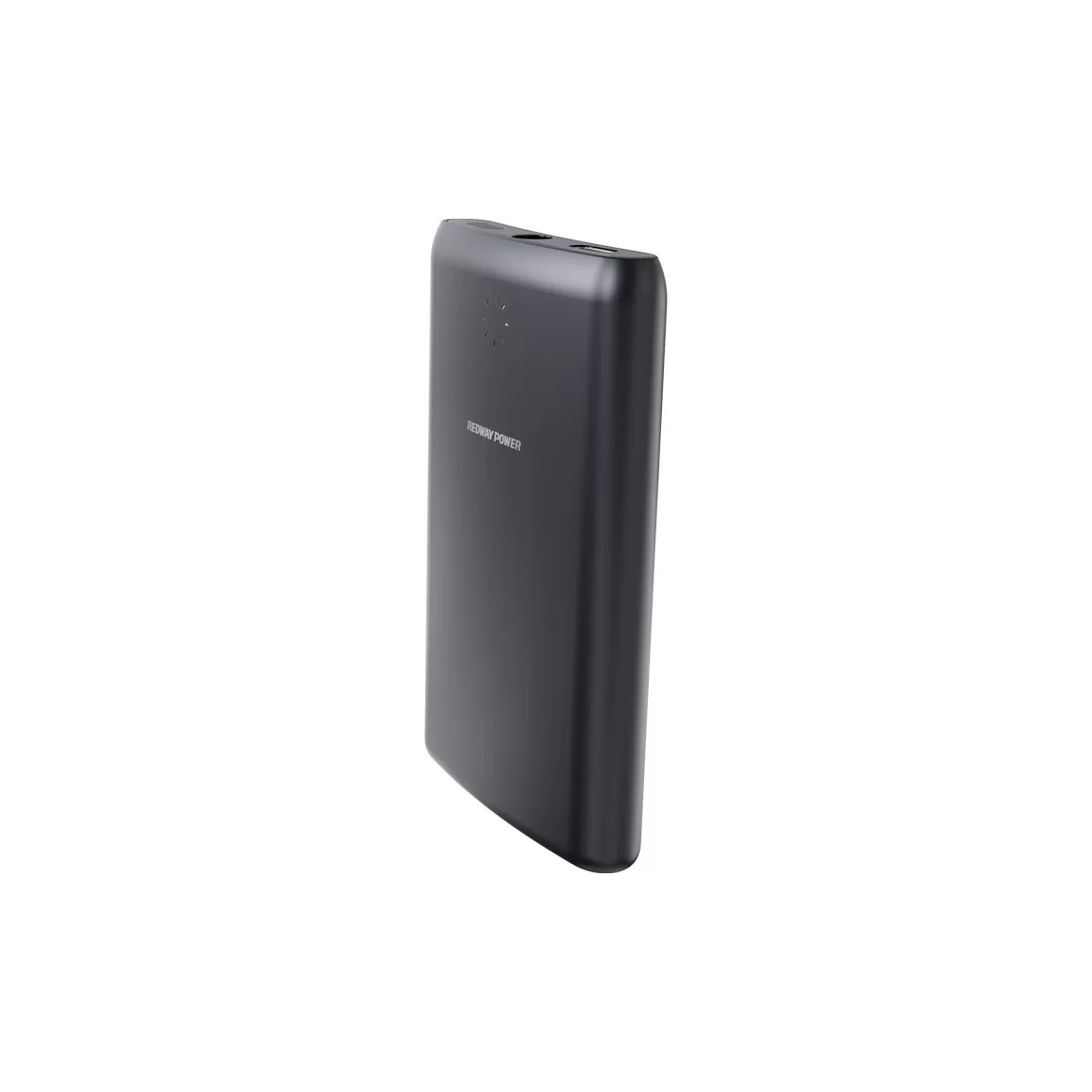There are so many different battery technologies available right now. In terms of longevity and performance, lithium-based batteries are now in the lead. The Lithium Ferro (Iron) Phosphate battery, which has grown in popularity over the past several years, is one of these chemical compounds and It contains every feature that would encourage you to spend money on a premium battery.
However not many people are aware of these batteries. As a result, people wind up making bad choices when they purchase items. If you don’t know what to look for in a decent battery, you can have a bad experience.
But don’t be concerned. More on LiFePO4 batteries, often known as LFP batteries, will be covered in this guide. We will go through everything you need to know, including what to look for when purchasing the batteries.

What Should I Look for in a LiFePO4 Battery?
Despite the fact that LiFePO4 batteries are among the best on the market, there are numerous models and brands. This means that you won’t necessarily find the greatest option by simply searching. These batteries’ rising popularity may have led to an overabundance of options, which some manufacturers have abused to produce subpar goods.
So how can you prevent falling into the trap of purchasing ineffective items? When purchasing LiFePO4 batteries, there are a number of things to take into account. You should be better informed to make a choice as a result.
Capacity The battery’s capacity is the entire quantity of energy it can hold. This consideration is of utmost importance, particularly when purchasing a solar battery. ,, and,,,,,,,,,,,,,,,,,,,,,, (kWh). If you need a battery that will last the longest between charges, get one with the largest capacity. Fortunately, LiFePO4 batteries have the highest capacity, which means you’ll receive a decent value.
Dimensions of Discharge
You must be aware of how much of the battery’s capacity is being used, as determined by the DoD. If you want the battery to last longer, choose one with the greatest DoD. You can use all of the battery’s energy without having to recharge it too frequently because some batteries have up to 100% DoD. The majority of batteries have a recommended rate for battery safety. You will get the most use out of your battery if you use it correctly.
Cycle of Life
Under ideal circumstances, LiFePO4 batteries are intended to last ten years and provide more than 5000 charge cycles. As a result, if you need a battery for a specific application, you should consider the battery’s specific charge cycle. A battery will last roughly five years after 2000 charge cycles.
Rate of Constant Charging and Discharging
The charging and discharge rate, which is the constant current value the battery outputs while fully charged or discharged or from full charge to empty at a certain time, has a significant impact on batteries frequently. For instance, a battery with a 1C charge-discharge rate can be discharged for 1 hour at a 100A discharge current. The general effectiveness and longevity of your battery will be impacted by this element. And for that reason, it merits consideration.
Warranty
During each charge/discharge cycle, the battery’s capacity to store a charge decreases. The battery’s life can also be shortened by other variables including temperature. These are organic processes that could be challenging to regulate. But, take into account a battery whose performance is guaranteed over a certain number of cycles. If the battery doesn’t work well despite your best attempts to keep it in top condition, this will help you save some money.
Why Is a LiFePO4 Battery Good?
Because LiFePO4 batteries are typically considerably superior than other chemistries, they are growing in popularity. These qualities define them as good.
Secure and solid
Because of their more stable chemistry, these batteries are renowned for being safer and providing higher stability. Batteries made of phosphate have better thermal and chemical stability than lithium-ion batteries, making them less dangerous.
LiFePO4 batteries don’t catch fire. When subjected to extreme situations like collision or short-circuit, they won’t catch fire or explode. Extreme conditions can be handled much better by the batteries.
More Efficiency
Performance is frequently one of the most important elements to take into account when shopping for a good battery. LiFePO4 batteries are useful for a variety of applications due to their extended life, low self-discharge rates, and light weight.
LiFePO4 batteries are significantly better at withstanding harsh circumstances and have a higher capacity than lithium-ion batteries. If used properly, your battery has a lifespan of up to 10 years. Moreover, these batteries charge much more quickly.
Effectiveness and Room
While weighing only a third as much as ordinary lead-acid batteries, LiFePO4 batteries offer greater capacity and output. They are almost half as heavy as typical manganese oxide batteries. Hence, if weight and space are your main concerns, they are your best alternative. They are more productive.
Eco-friendly
The materials used to make LiFePO4 batteries are non-toxic and non-polluting. The absence of rare earth metals makes the batteries environmentally friendly. For someone who cares about the environment, lead-acid and nickel-oxide batteries are not the greatest choice because of the enormous environmental concerns they pose.
A lot of discharges
High discharge currents can be handled by the majority of lithium-iron phosphate batteries. This makes them effective in big engines and electrical equipment. Everything depends on how you perform.
What Does the 4 in LiFePO4 Mean?
Chemical makeup is what distinguishes batteries, and LiFePO4 batteries are no exception. A lithium iron phosphate battery uses LiFePO4 as the cathode in contrast to lithium-ion batteries, which often use lithium manganese oxide or lithium cobalt dioxide. This is a more recent technology that is gaining popularity because to its robustness and all-around superior performance.
Phosphate is known chemically as PO4. It indicates that phosphate is used in the chemical reaction that creates the batteries. What the numbers actually indicate can be better understood by taking a closer look at the chemical process taking place inside the LFP batteries.
Related Posts
- ¿Vale la pena invertir para los gerentes de hoteles en la batería de litio LiFePO4 de 20 KWh, 205 V CC y 100 Ah? Un análisis costo-beneficio.
- ¿Tesla utiliza LiFePO4? OEM de la fábrica del fabricante de la batería LiFePO4 de 48V 50Ah
- ¿Tesla utiliza baterías LiFePO4?
- ¿Son las baterías LiFePO4 más seguras que otras baterías de iones de litio?
- ¿Se pueden congelar las baterías LiFePO4? Consejos para prevenir daños por frío
- ¿Se pueden cargar las luces solares cuando están apagadas? Esto es lo que necesitas saber
